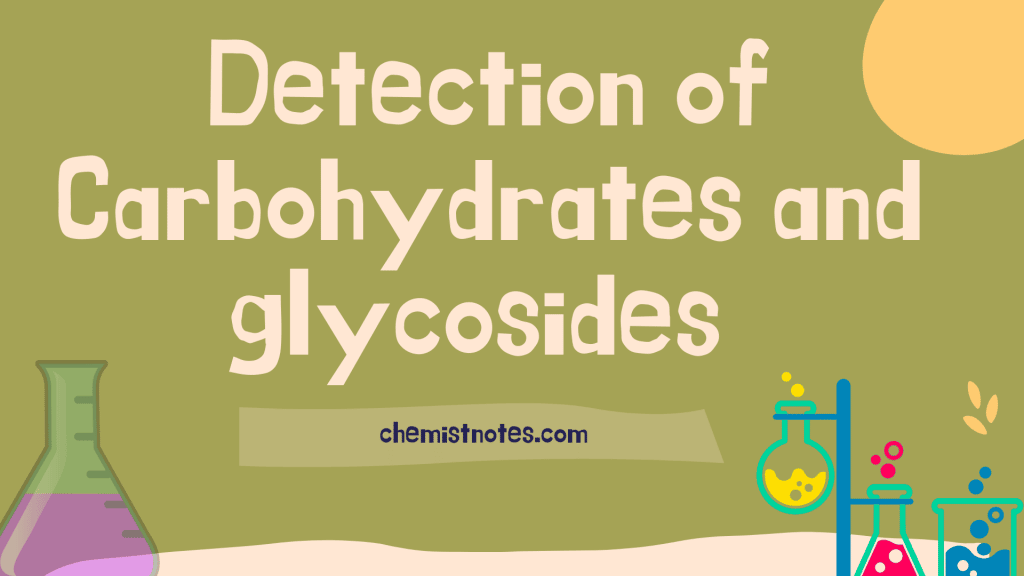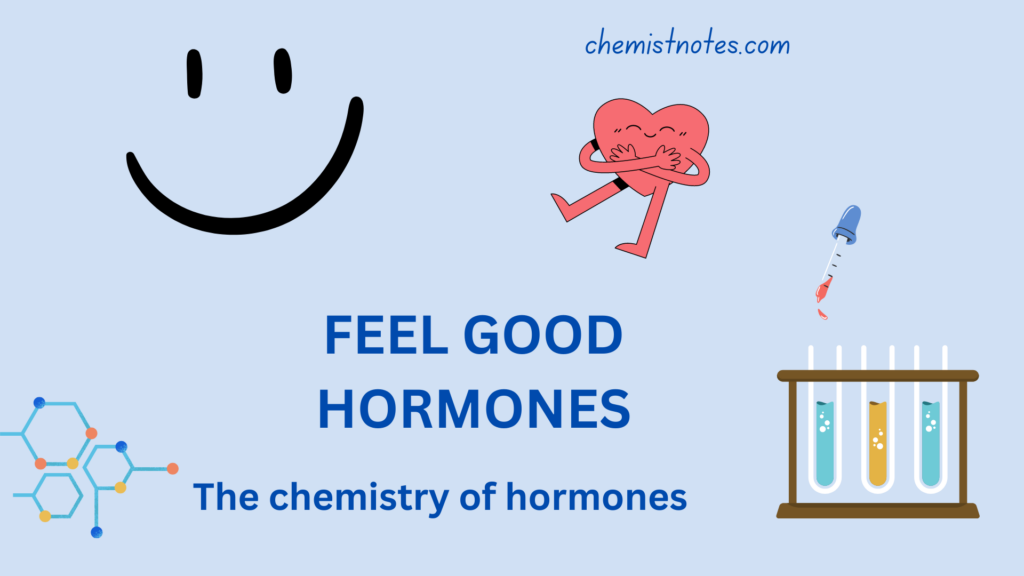Table of Contents
TogglePyrrole disorder is a clinical illness that develops when there are too many pyrrole molecules in the body. Pyrrole is a 5-membered heterocyclic, aromatic compound, that contains nitrogen in the ring.

What is Pyrrole Disorder?
Pyrole disorder, or Pyroluria, was first recognized in the 1950s by Drs. Abram Hoffer, Humphrey Osmond, and Carl Pfeiffer. Pyrrole Disorder is a biochemical abnormality that results in the overproduction of a hemoglobin metabolite known as hydroxyhemopyrrolin-2-one (HPL) – or simply “urinary pyrrole.”
This HPL molecule is a byproduct of red blood cell formation and is eliminated from the body through the kidney and into the urine. The upper limit of normal for HPL is between 8 and 20 mcg/dL, with levels above 20 mcg/dL considered positive for pyrrole disorder.

HPL binds various nutritional cofactors, including vitamin B6 and zinc, causing them to be inactive in the body. B6 and zinc are essential for digestion, immunological function, cognition, and emotion, and chronic deficiency can have major health implications. The signs and symptoms of pyrrole disease are associated with a lack of B6 and zinc.
Symptoms of Pyrrole Disorder
Some of the common symptoms of pyrrole disorders are;
Mood and Behavioural Symptoms
- irritability
- anxiety and stress intolerance
- the significant change in mood
- depression
- mood swings
- short-term memory loss
- explosive temper’
Some Physical Symptoms
- mid-morning nausea
- delayed puberty
- abdominal pain / poor morning appetite
- allergies and intolerances
- sensitivity to loud noises, lights, etc
- poor dream recall
- acne and stretch marks on the skin
- white spots on the nails
- constipation/diarrhea
- irritable Bowel Syndrome
Causes of Pyrrole Disorder
The specific cause of pyrrole disease is unknown, although it is assumed to be a genetic syndrome that can coexist with certain mental health and behavioral issues.
There is evidence that pyrrole disease is inherited. If one parent has pyrrole disease, their child has a 50% chance of inheriting it. If both parents have the condition, the child has a 75% probability of acquiring it. Even if just one family member is impacted, familial genetic testing should be considered.
While the symptoms of pyrrole disorder can sometimes be confused with those of bipolar disorder, although these are two distinct illnesses that sometimes may occur together.
This is linked to the following conditions;
- Down’s syndrome
- Anxiety
- Bipolar disorder
- Schizophrenia
- Anxiety disorders
- epilepsy
- obsessive-compulsive disorder (OCD)
- Autism spectrum disorder (ASD)
- Alcoholism
Treatment of Pyrrole disorder
There is currently no treatment for pyrrole disorder. Most treatments, on the other hand, emphasize on functional methods that target diet, stress, and lifestyle. Because pyrroles are very oxidative, your therapy will almost always include some antioxidant foods that combat that aspect of the illness. Some micronutrients could help treat Pyroluria.
- Vitamin B6
- Zinc and magnesium
- Vitamin B12
- Vitamin A
- Biotin and manganese
- Vitamin B3
- omega-3 fatty acids in fish oil
It has been claimed that mental and physical stress rapidly increases HPL excretion. Stress and high HPL levels are also thought to impact the formation of heme, the iron transporter in red blood cells. This reduces energy generation and promotes oxidative damage to cells because the body cannot create enough antioxidants and other necessary detoxifying agents.
- Vitamins C and E can used to decrease oxidative cell damage
So, there is no appropriate therapy or plan for all patients. It is important to consult with a doctor in order to monitor the effects of nutrient supplements.
Keynotes related to Pyroluria
- Pyrrole disorder is not a recognized mental health illness, yet it can have serious consequences for your mental and physical health.
- More study is needed to establish the cause of excess pyrroles and their consequences on mental health, however, a hereditary component is considered to be involved.
- It is also necessary for testing for nutritional deficiencies. Although there is no existing treatment for pyrrole disease, a good diet and stress management can help in its management.
- Include a rainbow of colorful veggies in everyday meals to boost antioxidant levels which may help to reduce nutritional deficiencies.
FAQs
What is pyrrole disorder?
Pyrrole disorder is a clinical illness that develops when there are too many pyrrole molecules in the body.
Can pyrrole disorder can be cured?
It is cured by maintaining a healthy lifestyle and eating nutritious meals on a daily basis.
How to test for pyrrole disorder?
This test is a very sensitive urine test that simply tests for the concentration of HPL in the urine.
Is pyrrole disorder real?
Yes, pyrrole disorder is a biochemical abnormality that results in the overproduction of a hemoglobin metabolite known as hydroxyhemopyrrolin-2-one (HPL) – or simply “urinary pyrrole.”
References
- Cooper, Jarrod. 2020. “What Is Pyrrole Disorder and Is It the Cause of My Anxiety?” Advanced Functional Medicine (blog). March 10, 2020. https://advancedfunctionalmedicine.com.au/pyrrole-disorder-and-anxiety/.
- “Pyrrole Disorder: Identification and Treatment | FX Medicine.” n.d. Accessed September 19, 2023. https://www.fxmedicine.com.au/blog-post/pyrrole-disorder-identification-and-treatment.
- “Pyrrole Disorder Signs and Symptoms – When to Seek Help | Australia.” n.d. Accessed September 19, 2023. https://www.truefoodsnutrition.com.au/pyrrole-disorder-signs-and-symptoms/.









